What is Central Asia-South DNA Ethnicity on Ancestry?
The results of our AncestryDNA tests may sometimes be what we expect or on occasion may be a big surprise. Either way, often we need a little more information regarding some of the regions that arise in our ethnicity estimates.
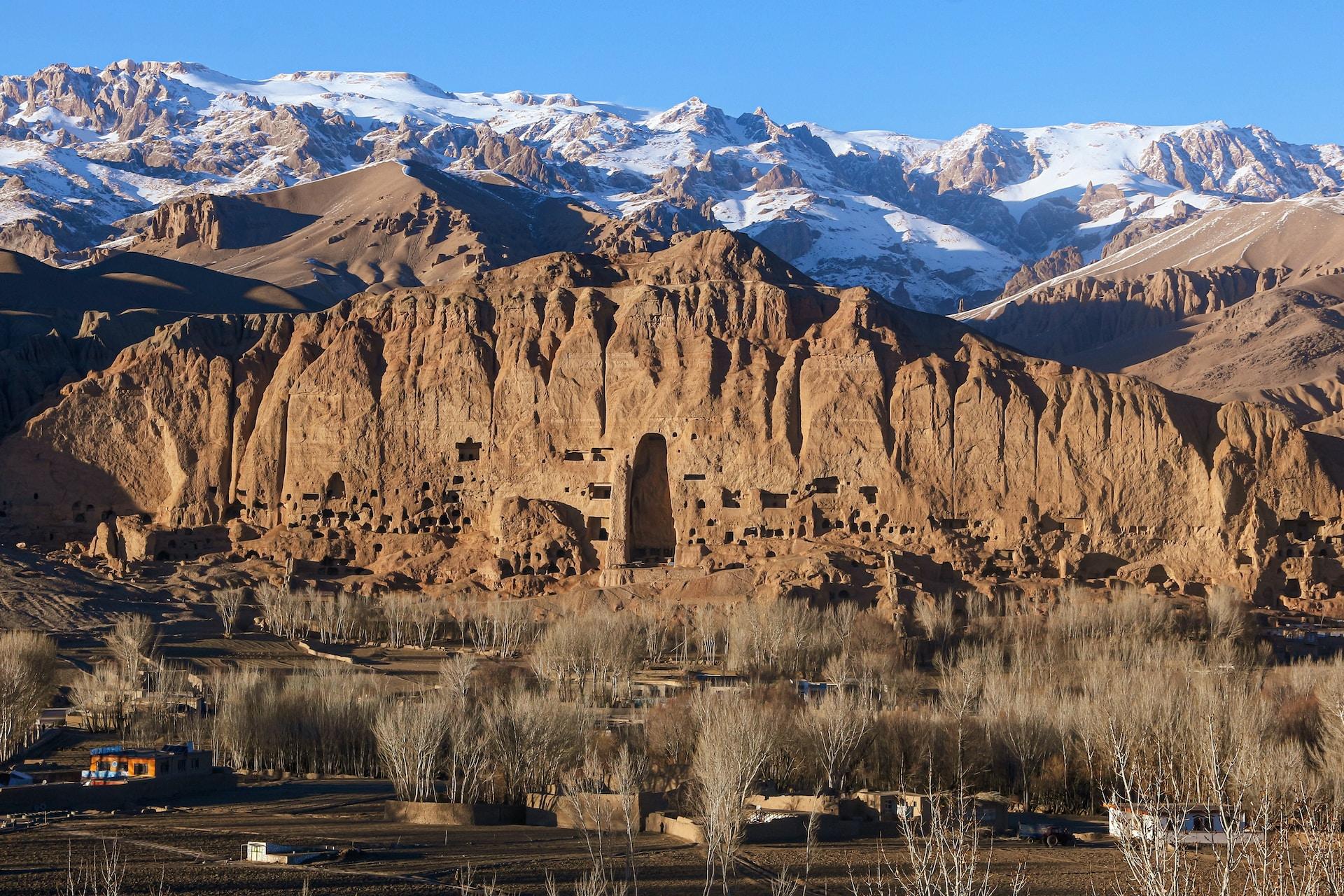
One region that is not at all uncommon is the Central Asia South region. Those who still live in this region already understand all about its history and culture. There are others, however, who may never have even visited or in fact been aware that they have ancestors from that area.
In this post we will go into more detail with regards to the history, geography and culture of the Central Asia South region. We will also discuss what it means to be from this region and how easy or difficult it might be to trace our roots in the Central Asia South Region.
What Is the Central Asia South DNA Region?
The Central Asia South DNA region on Ancestry as the name suggests is focused around parts of South Central Asia but specifically its main focus area is the countries of Pakistan and Afghanistan. There is some overlap into northwest and north central India in the south of the region. Additionally to the north there is overlap into China, most of Tajikistan and Turkmenistan. Finally, along the western edge of this DNA region populations can be found in eastern Iran matching the genetics of Central Asia South.
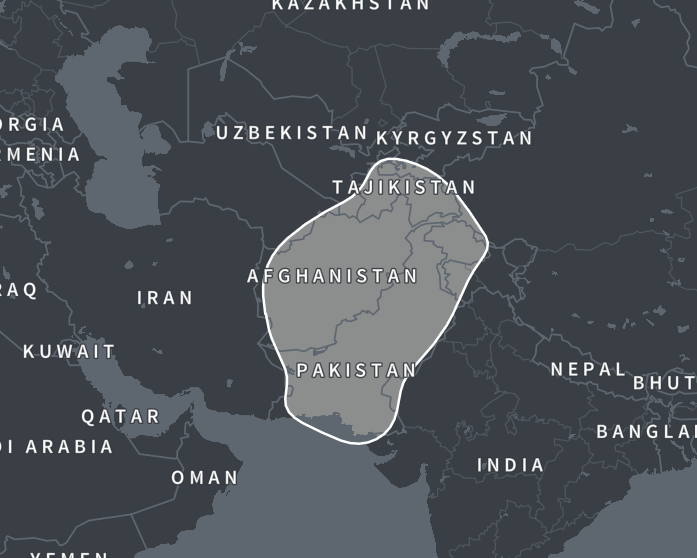
Afghanistan
The region we know as Afghanistan today has long had a connection in both culture and trade with its neighbors to the east, west and north. This is evidenced by examples of artifacts dating back through the Paleolithic, Mesolithic, Neolithic, Bronze, and Iron Ages in Afghanistan that came from neighboring areas.
Urban civilization is thought to have first arisen around 3,000 BC in the form of cities such as Mundigak which existed close to modern day Kandahar. Just over 1000 years later around 2000 BC successive waves of migration came to the region in the form of semi-nomadic peoples from Central Asia.
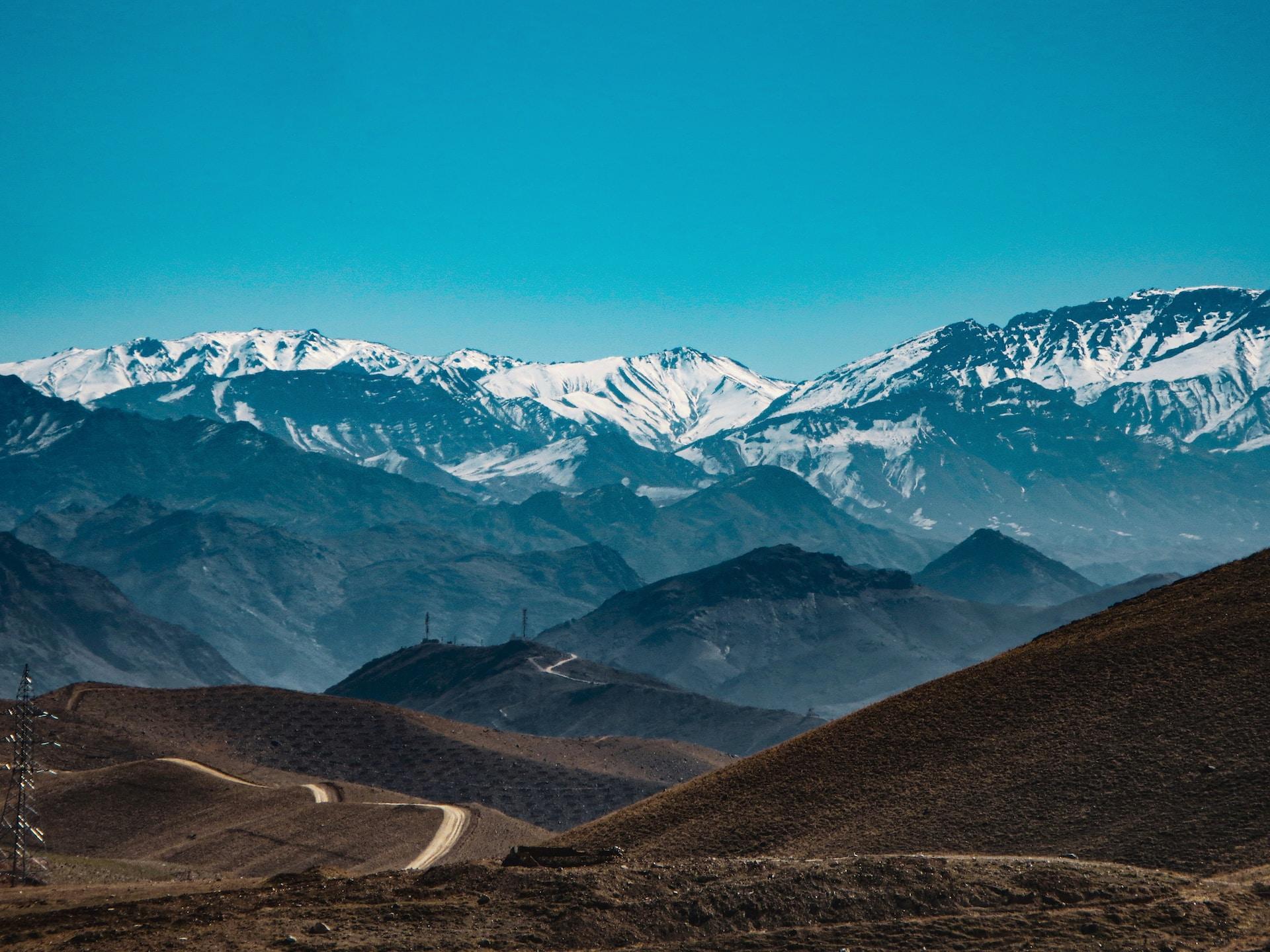
Many of these tribes were just passing through on their way to the Indian sub-continent but some settled in the region. Over the centuries there would be a succession of empires arising or invading the region including a short occupation by Alexander the Great’s forces around 330 BC.
Trade would take off in Afghanistan and throughout Asia with the opening of the so-called silk road during the first century BC. This would open up vast trade routes with China, India, Persia and other nations of Asia.
Islamic Conquest
Arab Muslims would start to arrive in the region around 642 AD and would expand eastward. The native tribes varied from accepting assimilation to hostile resistance. The local tribes had previously held beliefs in various religions and cults but with the spread of the Muslims came a dominance of the Islamic faith in the region. The Zoroastrian Buddhist, Greco-Buddhist, Ancient Iranian religions, Hinduism, Christianity, and Judaism would all ultimately be pushed out or at least marginalized.
Mongols
In 1219 the infamous Genghis Khan with his army overran the region devastating major cities and setting back the urban development to a more agricultural society. Control would remain with the Mongols of much of the region until the mid 14th century. Several empires would arise including the Khalji dynasty and the Timurid.
Mughal Empire
In the early 16th century Babur of the Mughal Empire would arrive, capturing Kabul from the Arghun dynasty. They would go on to conquer several other regional powers such as the Lodi Empire. The vast region would remain splintered and in various hands for the next few centuries.
Pakistan History
The earliest known inhabitants of the region we know as Pakistan today were the Soanian peoples. Some estimates place these peoples in the region around 129,000 – 774,000 years ago. Their stone tools were unearthed in the Soan Valley of the Punjab.
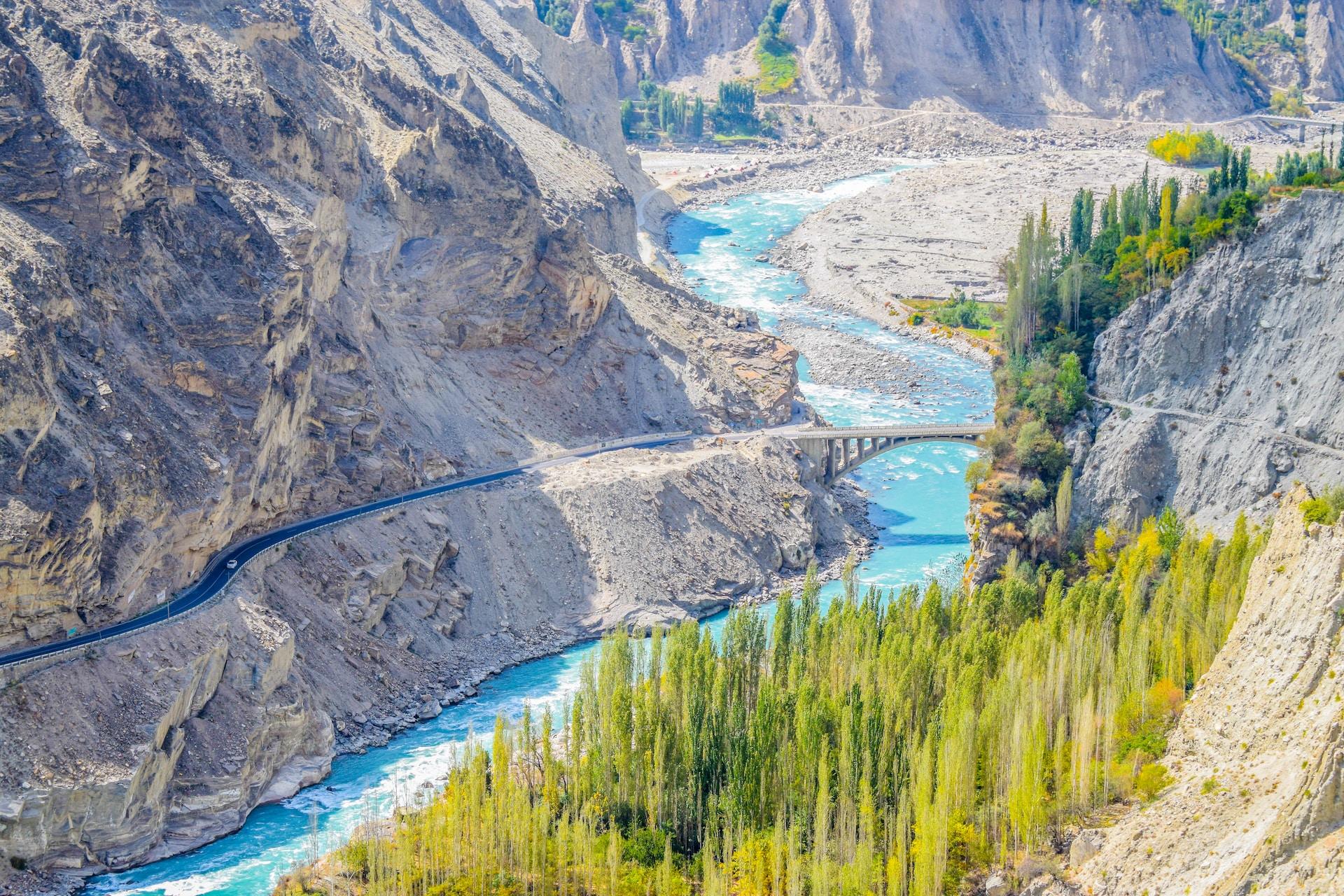
The Indus region which covers most of what we today call Pakistan would also see two other significant cultures, the Neolithic Mehrgarh and the bronze age Indus Valley civilization (2,800 – 1,800 BC.)
Indo-Aryan Culture
Migrating from the northwest the Indo-Aryan Culture arrived in the region during what was known as the Vedic Period. This period ran from 1500 – 500 BC and would also see the earliest writing of Hindu Scriptures in the region. The Hindu culture would quickly become the most established religion in the region.
Achaemenid Empire
Around 519 BC the western regions of Pakistan would become part of the Achaemenid Empire. This was an ancient Iranian empire founded in 550 BC by Cyrus the Great. This was also considered the first Persian Empire. It would not rule for long however as in 326 BC Alexander the Great would conquer the region by defeating the local tribal leaders.
Alexander's influence would be followed by the Maurya empire, and the Indo-Greek kingdom.
Islamic Conquest
It was around 711 that Islamic ruler Muhammad ibn Quasim conquered Sindh and according to the Pakistan Government's official timeline this event marked the foundations of Pakistan. Islam would spread throughout the nation during the Medieval period.
How Did You Get Central Asia South Region DNA?
If you already know that you had family who came from Pakistan, Afghanistan or any of the bordering Asian states then you know why you have Central Asia South DNA. If this result came as a surprise you may not know how exactly you came by DNA from this region.
If you have a sizable percentage of DNA from this region then it is likely you have an ancestor who was born in or close to the Central Asia South DNA region.
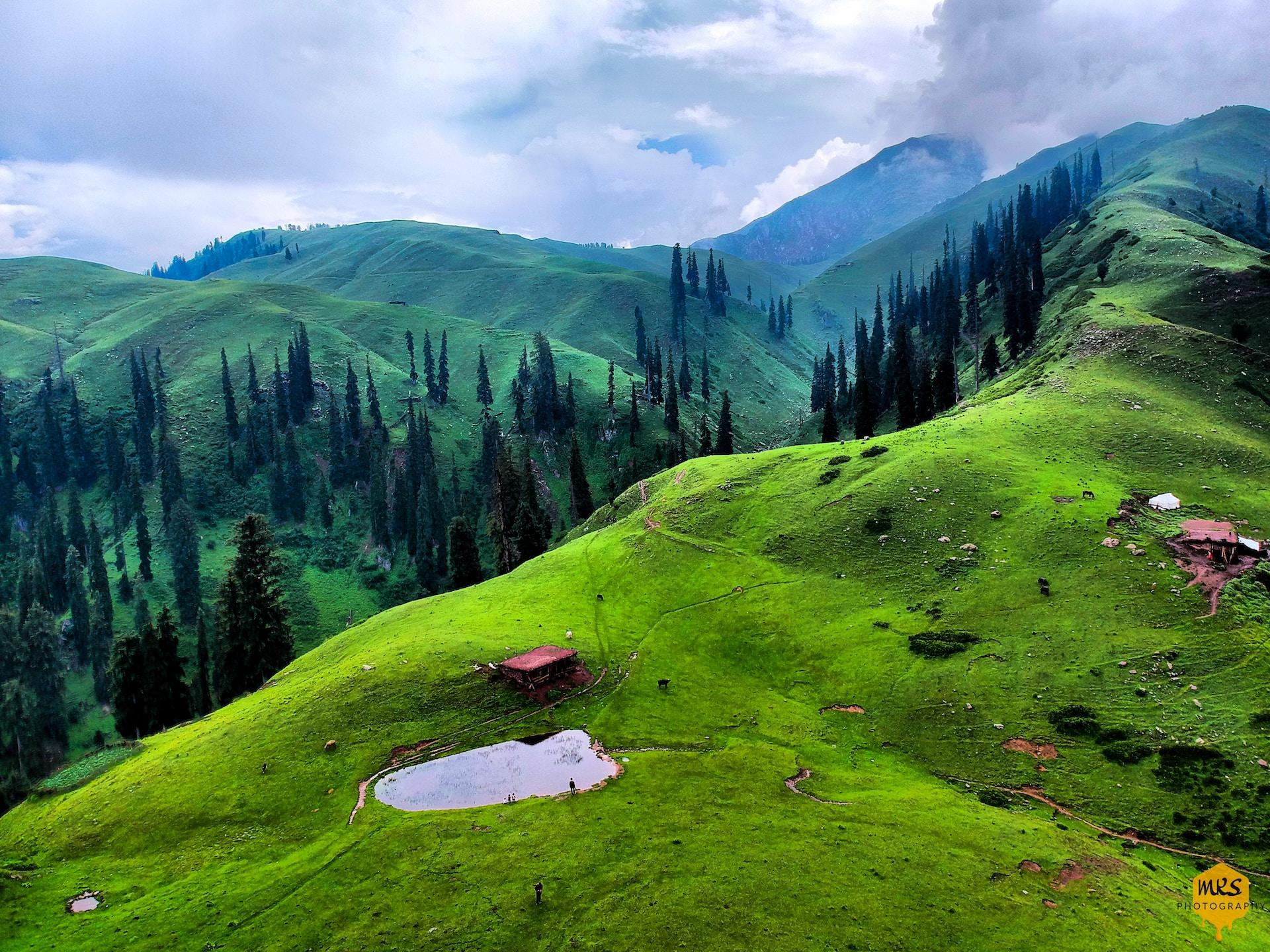
With countries such as Pakistan and Afghanistan having experienced periods of internal conflict and war vast numbers of people over the centuries would have fled the region in search of a more secure way of life. This will have extended the unique DNA of this region to a more global presence.
Even before more modern migration the effects of the wide open silk road would have seen traders traveling far beyond the borders of this region and perhaps settling in other parts of Asia and beyond.
Can You Trace Your Central Asia South Region DNA?
There are certain countries which can present problems when you are hoping to trace your origins from them. The Central Asia South region is one such area where vital records are not as well maintained. Millions of people may have been born without being recorded. This means that older records in the region are often of little help if you hope to trace your family tree.
You may be fortunate if your most recent ancestors were just a few generations before. Oral family history may be able to fill in the blanks. Ancestors from villages and smaller towns were likely not recorded extensively so there may be no paper trails to follow.
Final Thoughts
The Central Asia South region has been home to some truly ancient empires and a vast mix of Asian peoples. It is largely considered an Islamic region today but at its roots it was at one time largely multi-cultural.
This is a region that has seen more than its fair share of conflict over the centuries and in some regards is still unstable today. The peoples of this region have spread around the globe meaning that potentially millions of people outside of the geographic range may be able to trace their DNA lineage back to Central Asia South.
Link To or Reference This Page
We spent a lot of time downloading, cleaning, merging, and formatting the data that is shown on the site.
If you found the data or information on this page useful in your research, please use the tool below to properly cite or reference Name Census as the source. We appreciate your support!
-
<a href="https://namecensus.com/blog/what-is-central-asia-south-dna-ethnicity-on-ancestry/">What is Central Asia-South DNA Ethnicity on Ancestry?</a>
-
"What is Central Asia-South DNA Ethnicity on Ancestry?". NameCensus.com. Accessed on May 2, 2024. https://namecensus.com/blog/what-is-central-asia-south-dna-ethnicity-on-ancestry/.
-
"What is Central Asia-South DNA Ethnicity on Ancestry?". NameCensus.com, https://namecensus.com/blog/what-is-central-asia-south-dna-ethnicity-on-ancestry/. Accessed 2 May, 2024
-
What is Central Asia-South DNA Ethnicity on Ancestry?. NameCensus.com. Retrieved from https://namecensus.com/blog/what-is-central-asia-south-dna-ethnicity-on-ancestry/.
